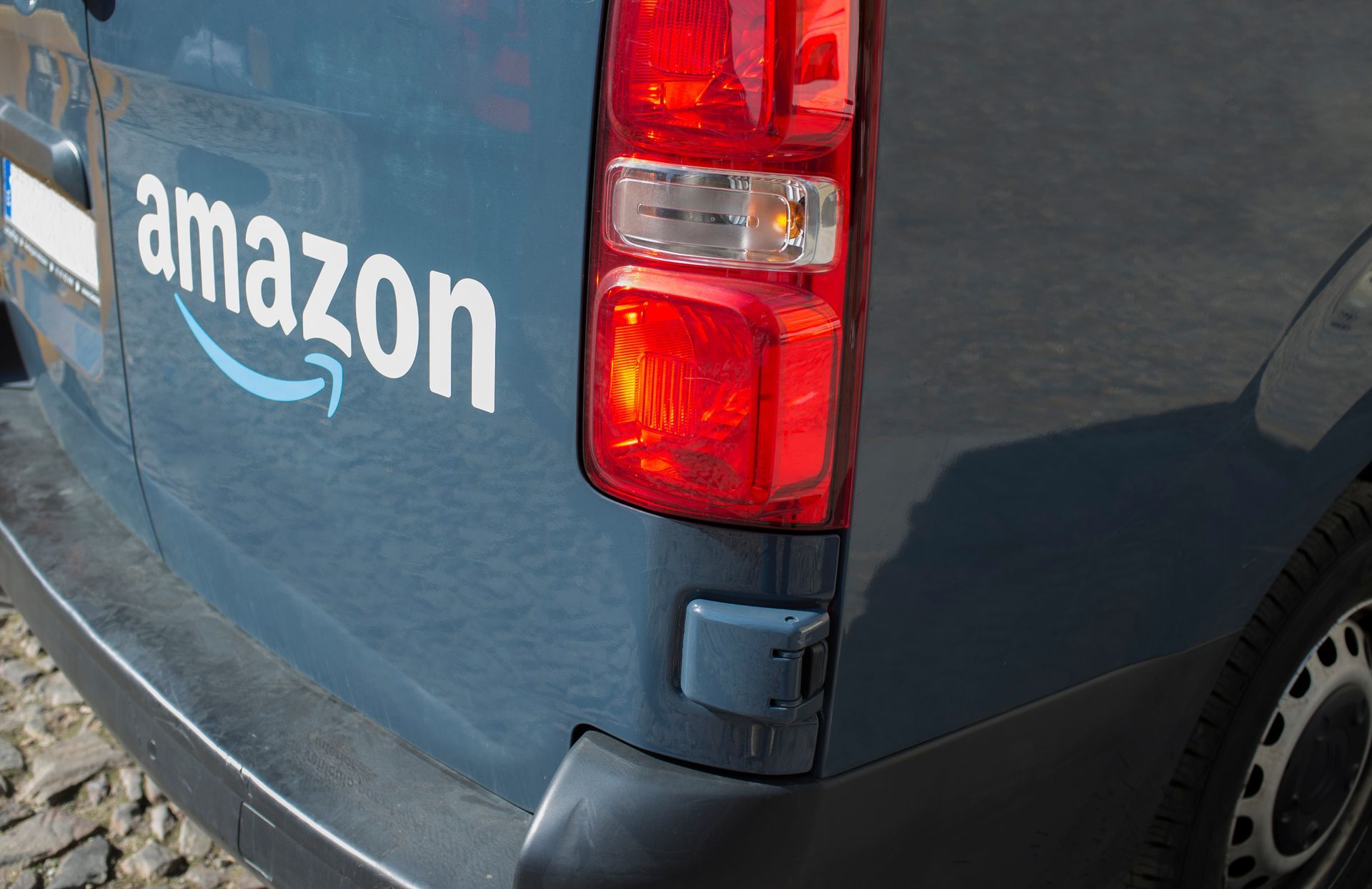10 Branding Tips For Small Ecommerce Businesses
Brnding tips
If you're a small ecommerce business owner, you know that it can be difficult to compete with larger businesses. Small businesses are the lifeblood of every country's economy as they create jobs, supporting the online economy by drive innovation. Yet, they often receive less attention than large businesses.
That's why small ecommerce business owners need to focus on branding – creating a strong, recognizable identity that will help them stand out from the competition. A strong brand is key to the success of any business, no matter how big or small. Creating and maintaining a successful branding strategy can be tricky, though, especially for small sellers on a tight budget.
Here are ten tips to help you create a powerful brand that will resonate with your customers.
1. Define your values
One of the most important things for a small business is to define its value and then communicate that value to customers. If you can't articulate what makes your business unique and why customers should choose you over the competition, then you're going to have a tough time succeeding. So you need to understand what makes your company unique? What are your core values and principles? Defining these early on will help you stay true to your brand identity as you grow.
2. Start with a strong name
The first and most important step in branding your business is to create a name that's easy to remember and stands out from the competition. There are lots of factors to consider when choosing a name for your small business. You want something memorable, unique, and relevant to your industry or product. You also need to make sure the name is available as a domain name and trademarked in your area. Once you've come up with a name, be sure to register it as a trademark so no one else can steal it. Keep it professional and easy to read while still making a statement.
3. Create a unique visual identity and style guide
Your logo, colour palette, typography, and imagery should all work together to create a cohesive look and feel for your brand. This consistency will help customers easily recognise your business across touchpoints. Your logo is one of the most important elements of your branding strategy.
Make sure it's professional and consistent with the overall look and feel of your website and marketing materials. And having a style guide can also help to ensure that all communications from the company are consistent, which can make it easier for customers to remember who you are and what you stand for.
4. Establish a strong and recognisable brand identity
A strong and recognisable brand helps to set your business apart from the competition and can help you attract new customers and keep them coming back. Your brand should be instantly recognisable to customers, so they know what they're getting when they purchase your product or service. Everything from your logo and website design to your marketing materials and social media presence should be aligned with your branding strategy.
5. Be authentic
When it comes to small businesses, being authentic is key. You need to be genuine with your customers, and offer them products or services that are truly valuable. Don't try to be something you're not; customers can see through fake branding attempts and will be less likely to trust you in the future. Instead, focus on developing a unique voice and personality for your business that reflects who you are as a company.
6. Make sure your branding is relevant to your target audience
The first step in branding is to define your target audience. Who are you trying to reach with your products or services? Once you identify your target market, you can tailor your branding strategy to appeal to them. It's important that your branding speaks to the needs and interests of the people you're trying to reach, otherwise, they're not likely to connect with it.
7. Make sure you have a well-optimised website
A website that is properly optimised will help you rank higher in search engine results pages (SERPs), which means that more people will be able to find your business online. Additionally, a well-optimised website will help you convert more of those visitors into customers.
Many factors go into optimising a website, but some of the most important include optimising your site's title tags and meta descriptions, ensuring that your site is mobile-friendly, and publishing high-quality content.
8. Be frequently active on social media and keep your branding consistent across all platforms
Most small businesses have a limited marketing budget, so using social media to generate awareness and engagement is critical. By being active on social media, you can reach a wider audience with your marketing messages without breaking the bank. Potential customers are spending more and more time on social media platforms like Facebook, Twitter, and Instagram. If businesses want to reach these people, they need to be where their audiences are spending their time.
Posting regularly on social media platforms helps businesses maintain a strong presence online, build relationships with potential and current customers, and connect with influencers who can help promote their products or services.
Plus, customers are increasingly expecting brands to be active on social media. If you’re not meeting their expectations, they’ll take their business elsewhere.
Small businesses need to maintain consistent branding across all platforms. Whether it's your website, social media profiles, or print materials, make sure your branding is consistent in every aspect so that customers have a cohesive experience when interacting with your business.
9. Make sure you have a clear CTA
Small businesses need to have a clear and concise call to action (CTA) in their marketing materials. A CTA tells potential customers what you want them to do, such as "call us for a free consultation" or "visit our website to learn more." Having a strong CTA will help ensure that your small business can convert leads into clients.
When creating a CTA, there are a few things to keep in mind:
- Make sure that your CTA is specific and measurable. If you want people to visit your website, include the URL in your CTA.
- Ensure that your CTA is visible and easily accessible. Don't bury it at the bottom of your page or hide it behind other elements on your website.
- Make sure your CTA is relevant to your audience and what they're looking for.
- The CTA should stand out from the surrounding text.
- Use strong verbs that encourage people to take action
10. Develop a tagline
No doubt having a killer tagline can help any small business to stand out from the competition. But what many entrepreneurs don't realise is that developing a strong tagline is about more than just finding the perfect clever turn of phrase. An effective tagline needs to be concise, capturing the essence of what your business does in just a few words. It should be memorable so that customers will think of you whenever they need your product or service. And most importantly, it should be relevant to your target market.
If you are a small business owner who is feeling overwhelmed or unsure of where to start when it comes to branding, don’t worry. Our Brand Identity Designer here at Kangaroo UK can take the pressure off and help your business grow in ways you never thought possible. Kangaroo UK has been helping businesses both small and large for more than a decade with brand design, and we have the expertise necessary to help your business succeed.
Kangaroo UK has years of experience helping businesses just like yours create an image that resonates with customers and drives sales. In addition to our comprehensive branding services, we also offer SEO and PPC consulting, as well as Amazon marketing expertise, so you can be sure that your business will get the most out of its investment in us. Our team of experienced professionals will take care of everything for you, so you can focus on running your business.
Contact us today for a free consultation and let us show you how we can help your small business become a big success.




